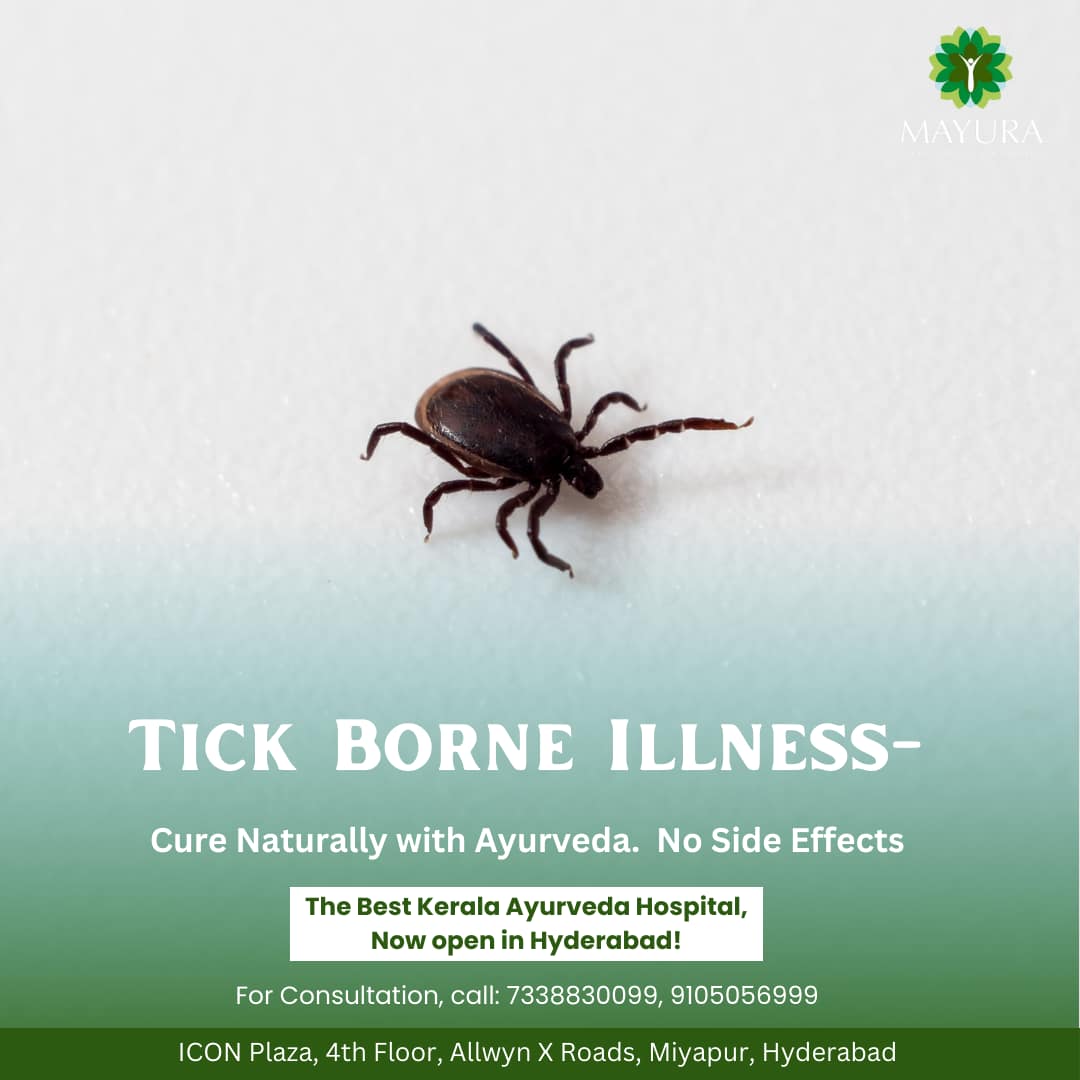Tick-borne illnesses are an increasing public health concern as these tiny arachnids spread a variety of serious diseases. With the warming climate and expanding habitats for ticks, it’s more important than ever to be aware of the risks and how to protect yourself.
Common Tick-Borne Diseases
1. Lyme Disease: Caused by the bacterium Borrelia burgdorferi, Lyme disease is the most common tick-borne illness in North America and Europe. Symptoms include fever, headache, fatigue, and a characteristic “bullseye” rash. If left untreated, it can lead to more severe health issues such as arthritis and neurological problems.
2. Rocky Mountain Spotted Fever (RMSF): RMSF is a serious bacterial infection caused by Rickettsia rickettsii. Early symptoms include fever, headache, and a rash that typically starts on the wrists and ankles. Prompt treatment with antibiotics is crucial to prevent severe complications or death.
3. Ehrlichiosis and Anaplasmosis: These bacterial diseases are caused by different species of Ehrlichia and Anaplasma. Symptoms are similar to those of Lyme disease and RMSF, including fever, chills, headache, and muscle aches. They can be severe if not treated promptly.
4. Babesiosis: Caused by the Babesia parasite, babesiosis can be life-threatening, especially in people with weakened immune systems. Symptoms include fever, chills, sweats, and muscle aches. In severe cases, it can cause hemolytic anemia.
5. Tularemia: Also known as rabbit fever, tularemia is caused by the bacterium Francisella tularensis. It can present in several forms, with symptoms ranging from skin ulcers to pneumonia. Tularemia is treatable with antibiotics if caught early.
Symptoms of Tick-Borne Illnesses
The symptoms of tick-borne diseases can vary widely but often include:
Fever and chills
Headache and muscle aches
Fatigue
Rash (varying in appearance depending on the disease)
Joint pain
Prevention Strategies
Preventing tick bites is the best way to avoid tick-borne illnesses. Here are some effective strategies:
1. Wear Protective Clothing: When in tick-infested areas, wear long sleeves, pants, and closed-toe shoes. Tuck pants into socks to prevent ticks from crawling inside.
2. Use Tick Repellents: Apply insect repellents that contain DEET, picaridin, or permethrin to your skin and clothing. These can significantly reduce your risk of tick bites.
3. Perform Tick Checks: After spending time outdoors, thoroughly check your body and your pets for ticks. Pay special attention to hidden areas like underarms, groin, and scalp.
4. Shower After Being Outdoors: Showering within two hours of coming indoors can help wash off unattached ticks and make it easier to find attached ones.
5. Landscaping Modifications: Keep your yard tick-free by mowing the lawn regularly, removing leaf litter, and creating a barrier of wood chips or gravel between wooded areas and your lawn.
What to Do If You Find a Tick
If you find a tick attached to your skin, remove it as soon as possible using fine-tipped tweezers. Grasp the tick as close to the skin’s surface as possible and pull upward with steady, even pressure. Avoid twisting or jerking the tick, as this can cause parts to break off and remain in the skin. Clean the bite area and your hands with rubbing alcohol or soap and water.
Conclusion
Tick-borne illnesses pose significant health risks, but with awareness and proactive measures, you can reduce your chances of getting bitten and contracting these diseases. Stay informed about the risks in your area, use preventive strategies, and seek medical attention promptly if you experience symptoms after a tick bite.
















